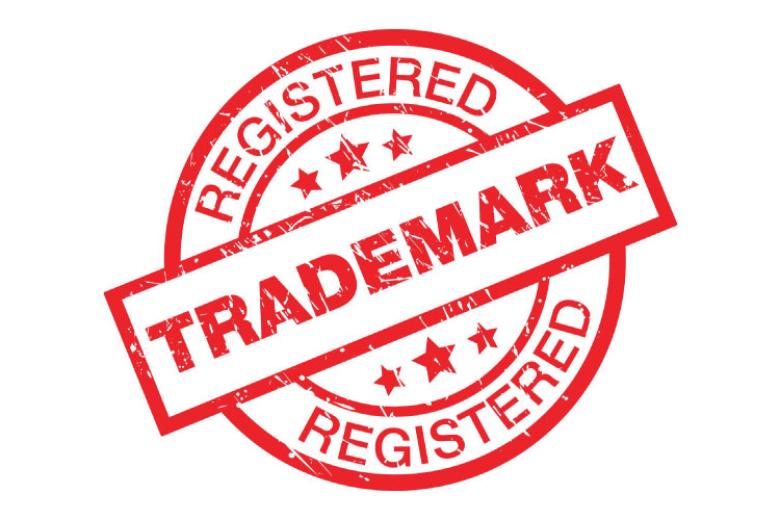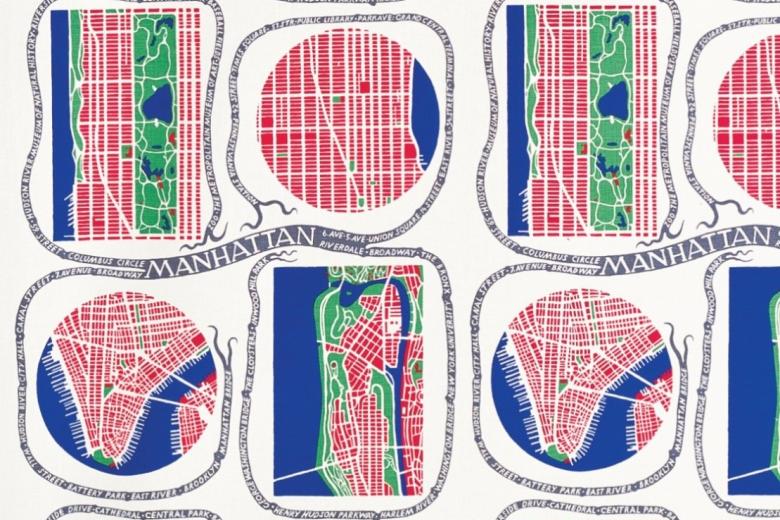Computer-Implemented Inventions: has the term “invention” in the EPC lost its meaning?
The European Patent Convention defines subject-matter that is not eligible for patent protection, such as methods for doing business. However, when implemented by a computer, non-eligible subject matter becomes eligible for patent protection. Is this desirable?
Patents, in general, protect technical inventions. But what is an invention? Legislators, in general, have shied away from providing a positive definition. The TRIPs agreement, in Article 27, states that “patents shall be available for any inventions, whether products or processes, in all fields of technology”. The European Patent Convention (EPC) has reproduced this text of the TRIPs agreement in Article 52 EPC, stating that “European patents shall be granted for any inventions, in all fields of technology, provided that they are new, involve an inventive step and are susceptible of industrial application”.
Computer-implemented inventions
Article 52(2) EPC, instead of giving a positive definition of inventions, gives examples of subject-matter that is not eligible for patent protection, including mathematical methods, aesthetic creations, methods for performing mental acts, and programs for computers. But what about products or processes that are chiefly implemented in software, i.e., so-called computer-implemented inventions (CII)? Most often, the actual contribution of such CII is situated within a computer program, which would therefore also be excluded from patent protection. The EPO has struggled with defining criteria to determine whether a computer-implemented invention is eligible for patent protection or not.
Through case law, the Boards of Appeal of the EPO have come up with an approach to evaluate the patentability of CII, which can be in the form of a computer-implemented method, a computer program comprising instructions that allow a computer to carry out the computer-implemented method, or the computer that carries out the computer-implemented method. The so-called “contribution approach” [EPO TBA, T 0208/84 (Computer-related invention/VICOM) of 15.7.1986] assesses which contribution the distinguishing features of the claim make over the prior art. In the case of a computer-implemented method, the distinguishing features will typically be one or more steps that are part of an algorithm. If their contribution is in a field that is not excluded from patentability, then the computer-implemented method is eligible for patent protection (i.e., it is an invention). The contribution approach, however, mixes up the criteria for assessing patent eligibility of subject-matter, and the criteria for assessing inventive step, another patentability criterion. It therefore has fallen out of fashion.
The two-hurdle approach
The currently prevailing approach to assess patentability of CII is the Hitachi/COMVIK approach [EPO TBA, T 0258/03 (Auction method/HITACHI) of 21.4.2004 and EPO TBA, T 0641/00 (Two identities/COMVIK) of 26.9.2002], which is also called the two-hurdle approach. The first hurdle, patent eligibility under Article 52(2)-(3) EPC, is overcome if a claim comprises at least one inherent technical feature, such as for example a device. The second hurdle, novelty and inventive step under Articles 54-56 EPC, is assessed by classifying the features of the claim in features that contribute to the solution of a technical problem, and features that do not contribute to the solution of a technical problem. Only the features in the first group, i.e., the technical features, can contribute to the assessment of inventive step, not the features of the second group. Therefore, the actual assessment of whether the claim is solving a technical problem in a field of technology is deferred to the assessment of inventive step.
The first hurdle, however, may be said to lack any significance if any computer-implemented method, such as for example a computer-implemented method for improving product recommendation to consumers based on purchase history of that consumer, is called an invention, simply because a computer is used. Clearly, such a method is a method for doing business, which is not eligible for patent protection under Article 52(2) EPC. While it may be argued that the claim does not recite a method for doing business “as such” (using the wording of Article 52(3) EPC), its mere automation using a computer cannot form the basis for it to be called an invention, in part because the method is not “in a field of technology” but rather “in a field of business”. Computer programs, by their very nature, may serve technical or non-technical purposes, in technical or non-technical fields. From a conceptual point of view, it is desirable to filter out such subject-matter that clearly should never be given the label “invention”, instead of deferring such evaluation to the assessment of inventive step.
Methods devoid of technical teaching
Recent case law of the Enlarged Board of Appeal [EPO EBA, G 0001/19 (Pedestrian simulation) of 10.3.2021] has stated: “[e]stablishing whether a feature contributes to the technical character of the invention constitutes an intermediate step between assessing (i) the invention's eligibility under Article 52 EPC, and (ii) whether the invention is based on an inventive step vis-à-vis the closest prior art”. Thus, patent eligibility (the “first hurdle”) is established first, then the features are filtered based on whether they contribute to the solution of a technical problem, and then novelty and inventive step are assessed. But would it not be better if such a filtering step is incorporated into the assessment of patent eligibility? If no features have the potential to contribute to the solution of a technical problem in the assessment of inventive step (i.e., all features are filtered out of the claim), maybe it would be advisable to not call such subject-matter an “invention”, but rather call it what it is: something devoid of a technical teaching in a field of technology.
By Simon Van Mierlo, IPKM MSc. Graduate 2021-2022, based on research conducted for the master thesis “A study of software patentability at the European Patent Office” at Faculty of Law, Maastricht University. Simon is currently working as a trainee patent attorney at EP&C Patent Attorneys. He can be reached at simon.vanmierlo@epc.be.
| More blogs on Law Blogs Maastricht |
-
Protection of reputable marks beyond confusion: does “due cause” help to strike a balance between trade mark proprietors and content creators?
Content creators, exercising their freedom of expression, may use trade marks in their content in a way that might damage the interests of trade mark proprietors (e.g. use of Nike shoes in a porn movie). How does EU trade mark law address these different interests?

-
The ambigous nature of the amended European trademark functionality doctrine
EU trade mark law excludes certain signs from becoming registered trade marks. In particular, shapes cannot be registered if they are necessary for achieving a technical result. In 2015, the amended Regulation broadened this exclusion to ‘another characteristics'. But what is now covered exactly?

-
Disruptions vs refusals of supply: a guide to the case law
Disruptions of supply—as opposed to refusals to supply—are a suitable qualification for the ‘open early, closed late’ scenarios often observed in the digital economy. The case law, however, does not always distinguish clearly between the two types of conduct. This blog post traces the evolution of...
